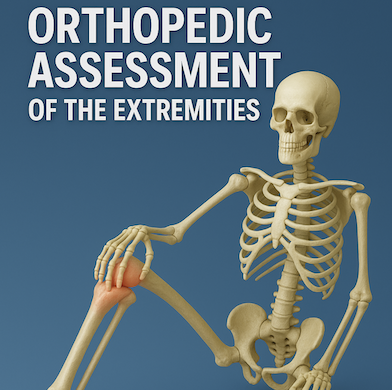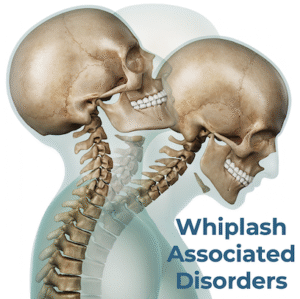Description
Orthopedic Assessment of the Extremities
Hours: 10 Live Interactive “Zoom” Webinar CE Hours
Instructor: James Demetrious, DC, DABCO
Date: November 22-23, 2025
Cost: $250
Course Description:
This postgraduate course provides chiropractors with an advanced, clinically focused review of orthopedic assessment techniques for the upper and lower extremities. Emphasis is placed on evidence-based evaluation, differential diagnosis, and integration of orthopedic testing with imaging, neurological assessment, and chiropractic management strategies. Participants will develop refined skills to identify common and complex musculoskeletal conditions of the shoulder, elbow, wrist, hand, hip, knee, ankle, and foot. A special focus will be placed on recognizing red flags, referral criteria, and the role of chiropractic in multidisciplinary patient care.
This course combines lectures, case reviews, and practical demonstrations to enhance diagnostic confidence and improve patient outcomes in chiropractic practice.
Hourly Breakdown:
- Hour 1:
- Foundations of orthopedic assessment – principles, reliability, validity, and integration with chiropractic practice.
- Hour 2:
- Shoulder evaluation – orthopedic testing, differential diagnosis of rotator cuff pathology, impingement, instability, and labral injury.
- Hour 3:
- Elbow assessment – differential diagnosis of epicondylopathies, ligamentous injuries, and nerve entrapment syndromes.
- Hour 4:
- Wrist and hand evaluation – orthopedic testing for carpal instability, ligament sprains, tendon injuries, and peripheral nerve entrapments.
- Hour 5:
- Case review and imaging correlation for upper extremity disorders.
- Hour 6:
- Hip evaluation – orthopedic testing for intra-articular vs. extra-articular pathology, impingement, labral tears, and bursitis.
- Hour 7:
- Knee assessment – ligament testing, meniscal evaluation, patellofemoral disorders, and differential diagnosis of mechanical vs. degenerative pathology.
- Hour 8:
- Ankle and foot evaluation – orthopedic testing for sprains, fractures, plantar fasciopathy, tarsal tunnel syndrome, and gait-related conditions.
- Hour 9:
- Case review and imaging correlation for lower extremity disorders.
- Hour 10:
- Integration – case-based learning, red flag recognition, multidisciplinary referral guidelines, and clinical applications for chiropractic management
Learning Objectives:
- Demonstrate advanced competency in the application and interpretation of extremity orthopedic tests.
- Differentiate between common musculoskeletal, neurological, and systemic conditions affecting the extremities.
- Correlate clinical findings with imaging studies to refine diagnostic accuracy.
- Identify red flag conditions requiring referral or co-management.
- Apply evidence-based orthopedic assessment strategies in chiropractic practice.
- Develop structured clinical reasoning to support accurate diagnosis and effective patient management.
- Integrate orthopedic testing with patient history, neurological assessment, and chiropractic biomechanical analysis.
- Enhance patient safety and outcomes through refined diagnostic and referral decision-making.
- Recognize the limitations of orthopedic testing and apply best practices for combining tests to improve diagnostic reliability.
- Communicate orthopedic assessment findings effectively to patients and multidisciplinary providers
Instructor: James Demetrious, DC, DABCO

Dr. James Demetrious is a nationally distinguished, board-certified chiropractic orthopedist. He teaches post-graduate coursework through his company PostGradDC. He is a proud member of the NCMIC Speakers’ Bureau and teaches throughout the United States. Dr. Demetrious has published peer-reviewed papers related to advanced differential diagnosis. Notably, he published the very first paper to ever associate fluoroquinolone medications as a causative risk factor of Cervical Artery Dissection. He has continually cared for patients since 1986.




